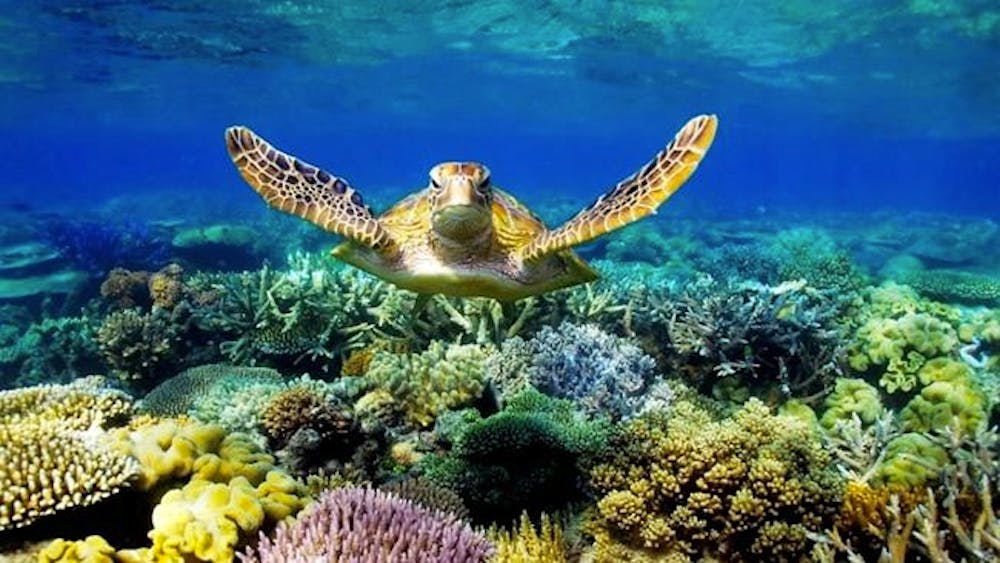
Whenever an environmental issue involves the word “genetic”, the majority of people jump to genetic modification, which in turn spurs a firestorm of ethical debates. But genetic alteration, an approach that is currently being studied to save coral from rising sea temperatures, means something entirely different.
Madeleine van Oppen, a senior principal research scientist at the Australian Institute of Marine Science (AIMS), is quick to draw a distinction between the two terms.
In an interview with AIMS, van Oppen said, “Genetically modified organisms (GMOs) or genetically engineered (GE) organisms are organisms whose phenotypes have been altered by the insertion of foreign genetic material…As far as we know no one is yet attempting to create genetically modified corals for the purpose of coral reef conservation and restoration.”
Genetic alteration (also known as Assisted Evolution), on the other hand, seeks to change an organism’s characteristics without inserting genes from foreign species.
So what, exactly, does that mean for the Great Barrier Reef?
The study of Assisted Evolution has come to the forefront in the hopes of helping coral combat rising sea temperatures. Harmful commercial fishing practices and pollution already threaten the Great Barrier Reef, but even an increase of 1-2 degrees Celsius could deteriorate coral cover to less than 10 percent, according to The Guardian. At that point, the Great Barrier Reef would be less known for its incredible coral diversity and would instead become an array of sponge and algae.
A 2012 PNAs study – “The 27-year decline of coral cover on the Great Barrier Reef and its causes” – showed that from 1985-2012, the Great Barrier Reef’s coral cover fell from 28 percent to 13.8 percent, a decline of more than half the initial coral cover. That was three years ago, and sea temperature is only predicted to rise in the future, urging researchers to search for preventative solutions now.
Scientists at AIMS and the Hawaii Institute of Marine Biology are working together to test coral hybrids in the hopes of finding a combination that is more resilient towards higher temperatures.
In order to create hybrids, scientists use existing coral from different temperatures—for example coral from the center of the Great Barrier Reef with coral from the colder southern reef—and then test the hybrid’s growth and temperature resilience.
AIMS uses its National Sea Simulator to conduct research; this includes selective breeding, microbial manipulation (algae that lives within coral tissues), microbial evolution towards stress resistance, and pre-conditioning coral to build stress tolerance that may be passed on to the next generation.
Because they are living matter, coral can adapt, but it generally takes thousands of years before they can successfully evolve in changing temperatures.
Van Oppen told The Guardian that Assisted Evolution’s goal is to “accelerate the process of what happens in nature…and then let natural selection pick and do the rest.”
According to van Oppen, researchers plan to spend the next five years experimenting and collecting data—even if it’s just as a backup. So far, hybrid coral has been tested in isolation from the Great Barrier Reef. However, if the situation becomes dire and implementation becomes necessary, scientists hope to be ready with a plan to protect as much as the Great Barrier Reef as possible.
Assisted Evolution in the Great Barrier Reef

